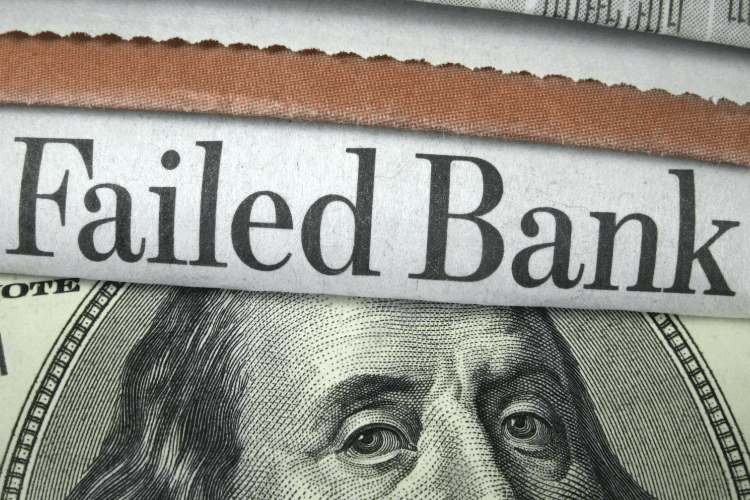How the Gold Price Ties Into the Economy

You probably don’t have blocks of gold stashed away in your closet, but gold is nonetheless a relevant consideration in our current economy.
Gold prices reflect the state of our nation’s economic health. While high gold prices reflect low confidence in a weak economy, low gold prices reflect a healthy economy with profitable investments.
By understanding how gold prices tie into our economy, you can become a successful, intuitive investor.
The Link Between Gold and the Overall Economy
Back in 1861, the U.S Treasury printed the first U.S paper currency backed by gold. This initiated what’s known as the “gold standard”.
In its simplest terms, the gold standard links the value of a country’s currency to a specific amount of the yellow metal. Under the gold standard, national money, bank deposits, and other forms of money can be converted into gold at the agreed-upon fixed price. In other words, gold guarantees the value of the money.
President Nixon put an end to the gold standard in 1976. From that point on, Americans could no longer convert U.S dollars into a fixed amount of gold. However, our economy is still closely related to the price of gold.
What the Price of Gold Can Indicate
The price of gold rises whenever investors see economic uncertainty or weakness. This is why gold is considered an efficient way to diversify an investment portfolio. If stocks fall, gold becomes more valuable, thus giving investors a reliable way to prevent widespread losses.
Examples from History
The Great Depression, the country’s worst financial crisis to date, resulted in the price of gold surging from $20.67 an ounce in 1929 to $35 an ounce in 1935. Americans started to hoard gold because they saw it as their only source of financial protection from the falling stock market and economic conditions.
President Roosevelt signed the Gold Reserve act to prevent gold hoarding and require Americans to exchange their gold coins, bullion, and certificates for $20.67 per ounce in paper money. This gave the federal government a larger supply of gold and allowed it to print more paper money, allowing the economy to slowly grow and climb out of the Great Depression.
It took nearly 40 years for gold to garner so much attention again. In 1971, when President Nixon effectively ended the gold standard by instructing the central bank to stop redeeming the dollar for its value in gold, the gold price nearly tripled from $42 to $120 an ounce. Nixon hoped the end of the gold standard would weaken the value of the dollar compared to gold and alleviate inflation.
By September 2011, gold hit its all-time high of $1,895 an ounce in response to U.S debt, European economic uncertainty, and a weak jobs report. Investors became concerned that the federal government might default on its debt, especially after the 2008-2009 financial crisis caused the highest foreclosure rate in the U.S.
Read More: Stash Review: Start Investing With Just $1 (Including in precious metals, like gold)









